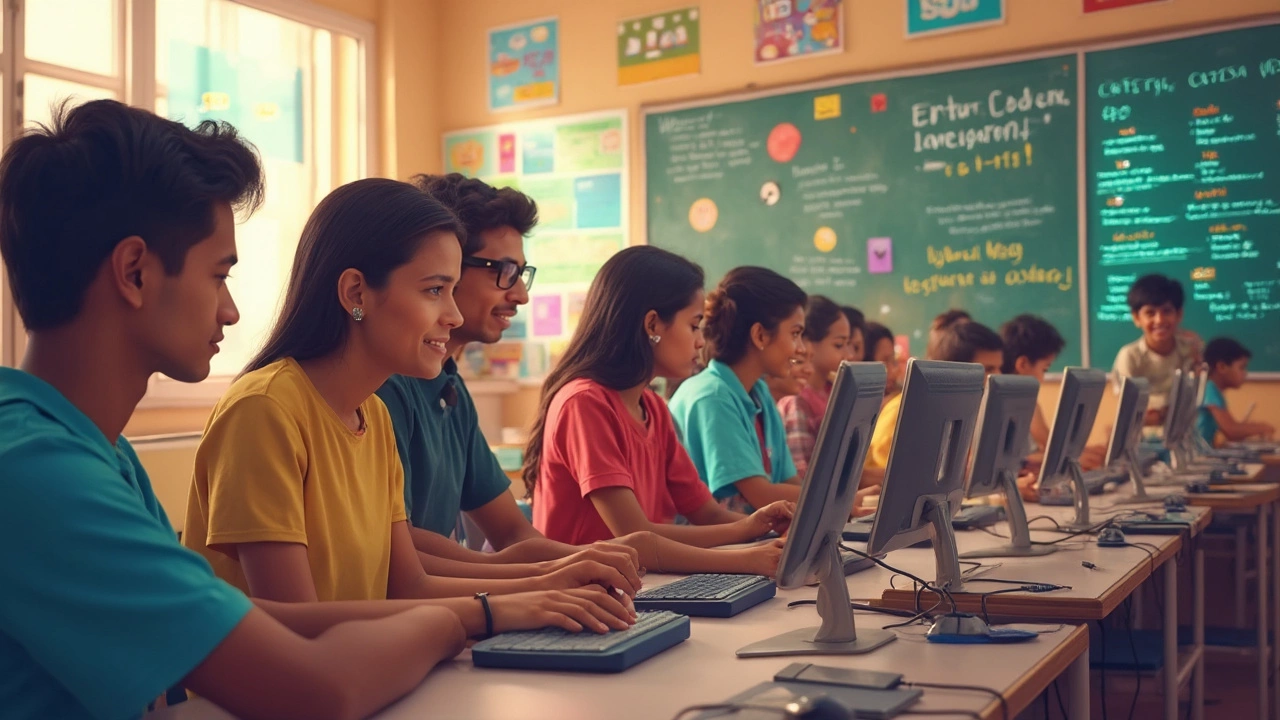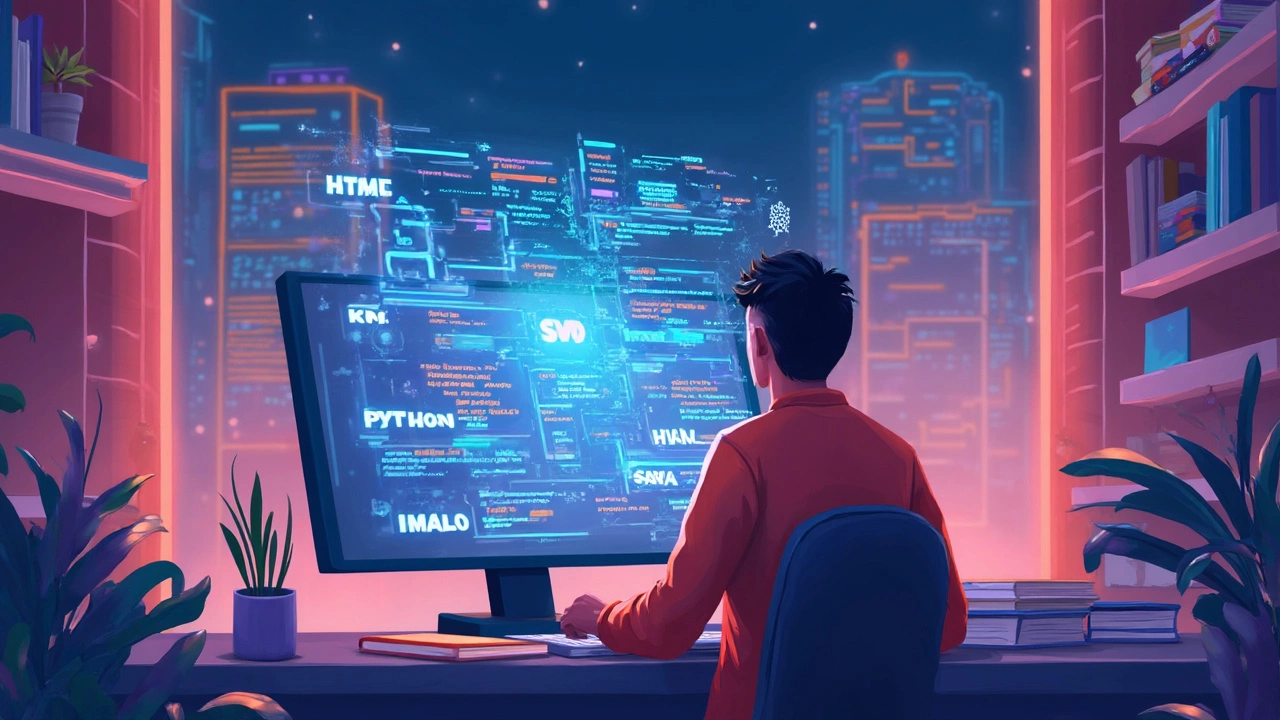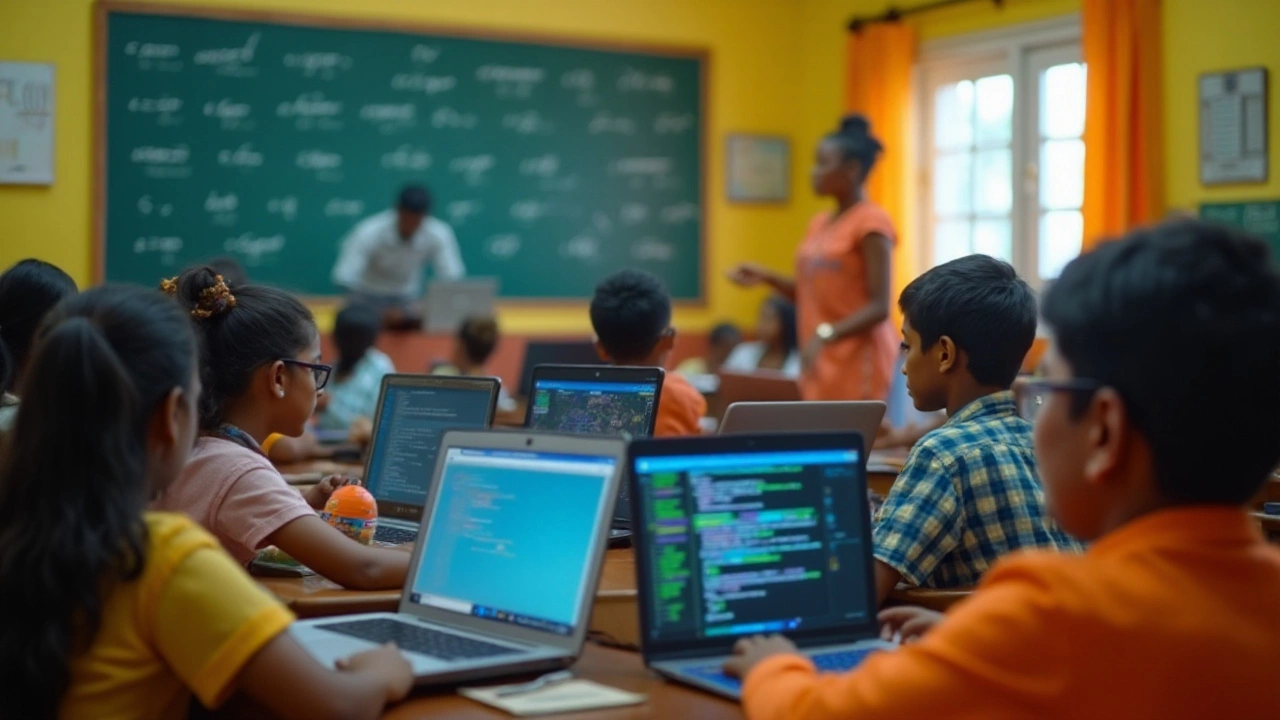Programming: Your Quick Start Guide to Learning Code
Ever wondered why everyone talks about programming? It’s not just for tech geeks. Learning to code opens doors to better jobs, creative projects, and even a new way to solve everyday problems. This page gives you straight‑forward advice, simple language choices, and free resources so you can jump in without feeling lost.
Pick the Right Language for Your Goal
Choosing a language can feel overwhelming, but you don’t need a PhD to decide. If you want to build websites, HTML, CSS, and JavaScript are the fastest route. For data work or automation, Python is praised for its readable syntax and huge library ecosystem. Mobile app fans often start with Kotlin for Android or Swift for iOS. The key is to match the language to the project you care about – that keeps motivation high.
Don’t waste time learning every language at once. Pick one, finish a small project, then move on. Most beginners find Python the easiest because its code looks like plain English. Try a “Hello World” script, then program a simple calculator. The sense of accomplishment will push you to the next step.
How to Start Coding Right Now
1. Set Up a Free Development Environment. Websites like Replit, CodeSandbox, or GitHub Codespaces let you code in the browser – no install needed. If you prefer a local setup, download VS Code; it works on Windows, macOS, and Linux.
2. Follow Structured Tutorials. Platforms such as freeCodeCamp, Codecademy, and Coursera offer bite‑size lessons that walk you through concepts and immediately apply them. Stick to one course and finish each module before jumping ahead.
3. Build Tiny Projects. After learning a new topic, create something useful: a to‑do list app, a basic blog, or a script that renames files. Real‑world practice cements knowledge far better than passive watching.
4. Join Communities. Subreddits like r/learnprogramming, Discord servers, or local meetups let you ask questions, share progress, and stay accountable. Seeing others solve problems gives you fresh ideas and confidence.
5. Read Code. Browse open‑source projects on GitHub. Spot patterns, naming conventions, and how developers structure files. Even a quick skim teaches you tricks you won’t find in tutorials.
When you hit a roadblock, don’t panic. Search the exact error message – chances are someone else faced it and posted a solution. Stack Overflow is a goldmine for troubleshooting.
Beyond the basics, the programming tag on Scholars Hub Official curates articles that dive deeper: “Easiest Coding Languages to Learn,” “Is Coding a Hard Job?” and “Top Careers in Demand.” These reads help you decide whether to specialize in web development, data science, or software engineering.
Remember, coding is a skill you improve by doing, not by reading alone. Set aside 30 minutes a day, keep a list of small goals, and celebrate each milestone. In a few months you’ll notice code that used to look confusing now feels natural.
Ready to start? Pick a language, open a free editor, and write your first line of code today. The programming world is huge, but the first step is always simple – just type and run.



